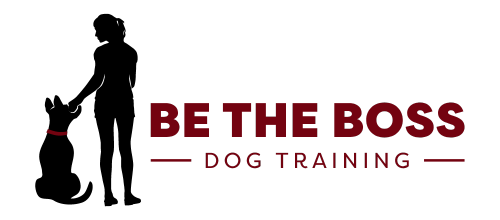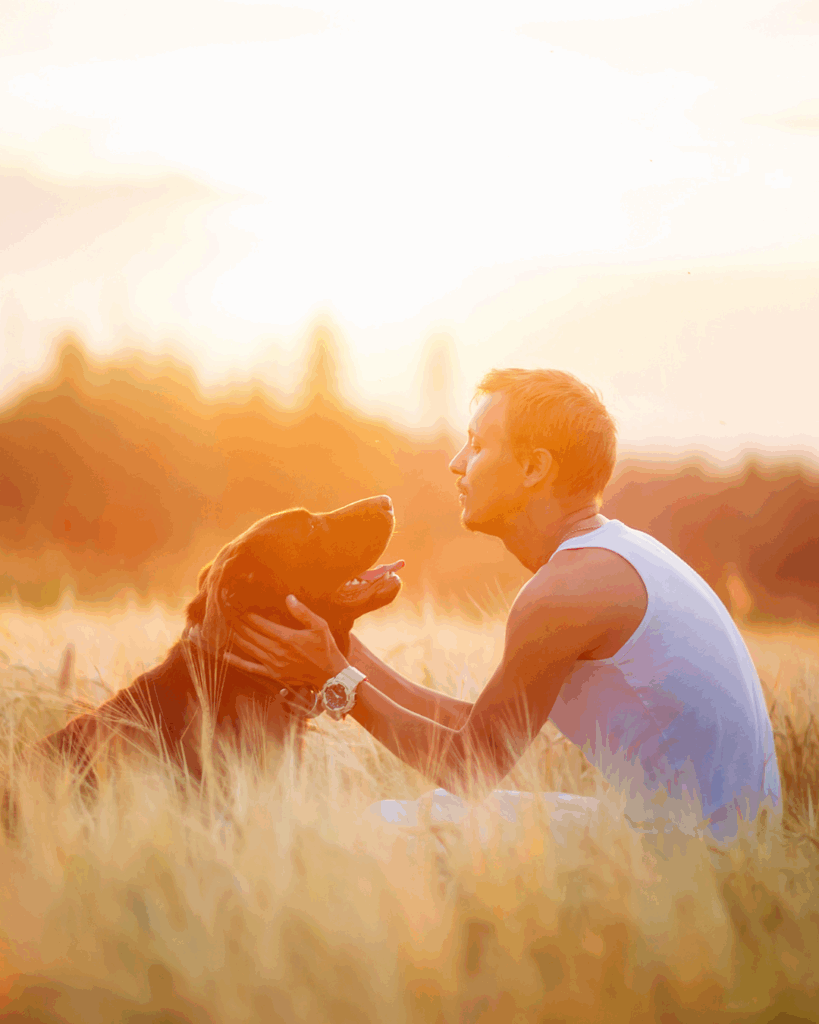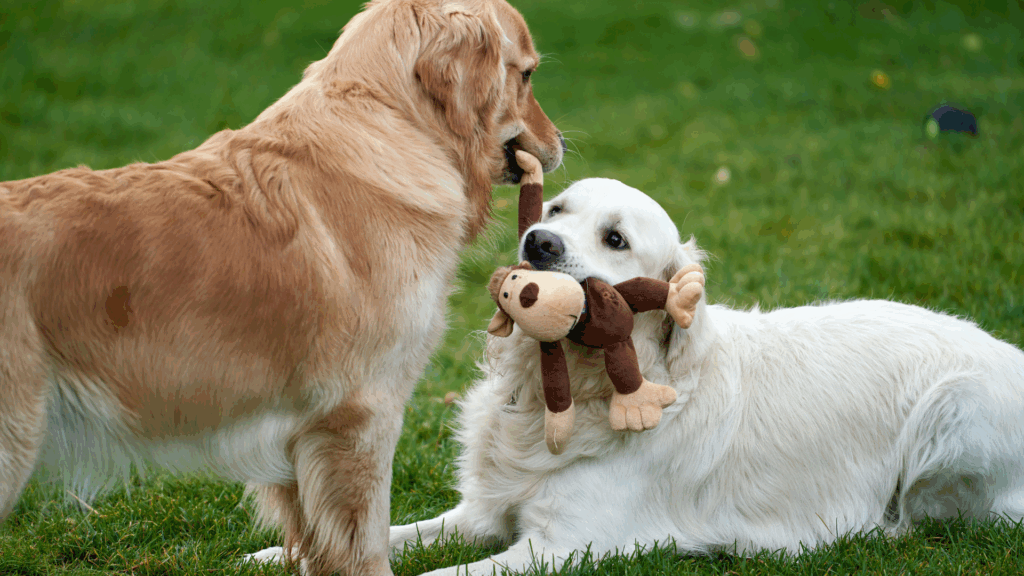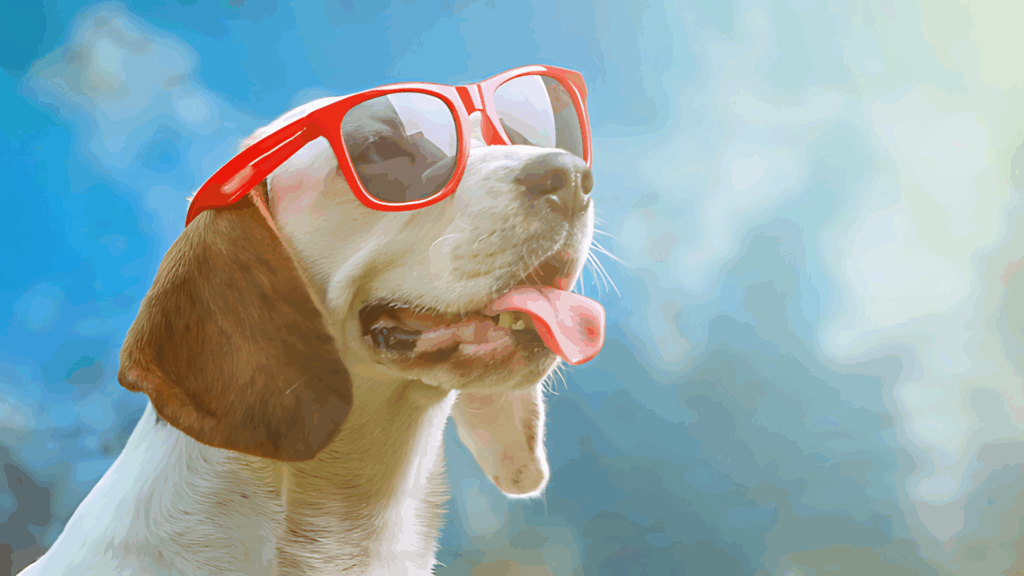I bet I can guess your story. Your dog has some bad behavior. You begin to take some classes from a corporate retailer. Great!
Your dog learns sit, down, stay, and come. Your furry friend is rocking their way through the class!
But there’s a hiccup. Your dog is still lunging at other dogs on walks. You’ve been told to keep a bag of treats on you, and when the dog lunges you call the dog to you…tell them to sit…and then give them a treat. But…the dog isn’t paying any attention to you. It is so focused on lunging and barking there is no way your dog will obey “come” and “sit.”
The truth is…there is no way to completely inhibit the behavior of lunging by using treats only. The concept of removing the reward (the treat) to stop a bad behavior does not work in real homes with real people.
You can absolutely distract the dog with treats…but you have not taught the dog that lunging is bad. What happens when you don’t have treats on you? Or the treats you do have are not enticing enough?
Unless your dog learns to make better decisions they will never stop lunging at another dog. There needs to be a valuable consequence for a bad behavior, i.e. a correction or punishment.
Dog training tools, when used correctly, teach the dog to make better choices. (See Pip’s video below as he learns to heel in 5 minutes).
Don’t spend months distracting your dog with treats. Take a few minutes and teach them how to make better choices for themselves.





